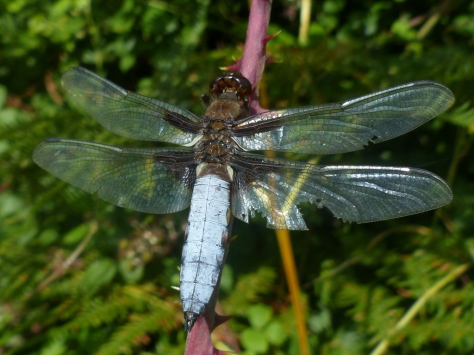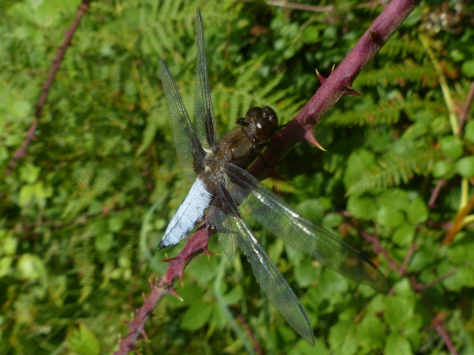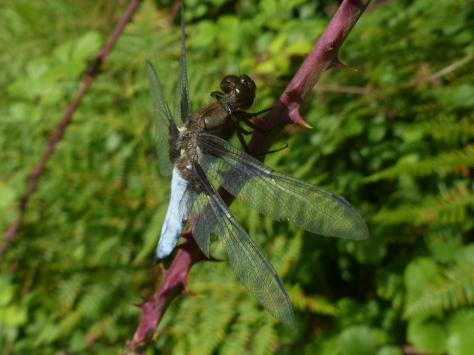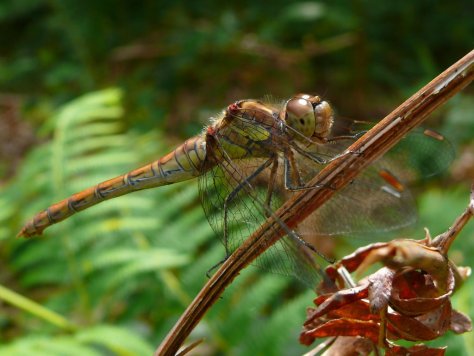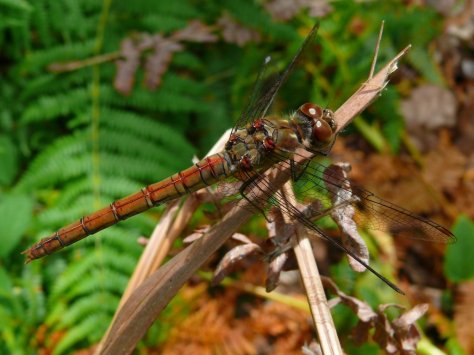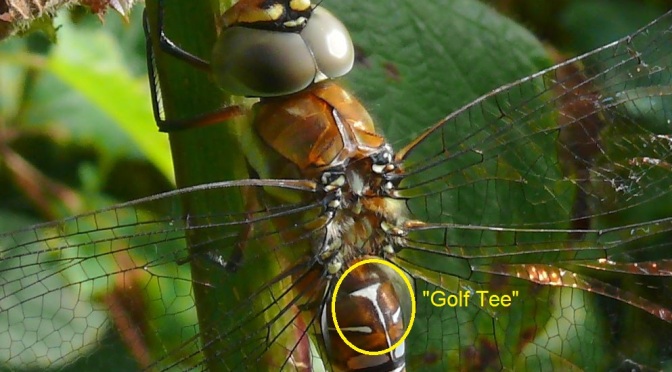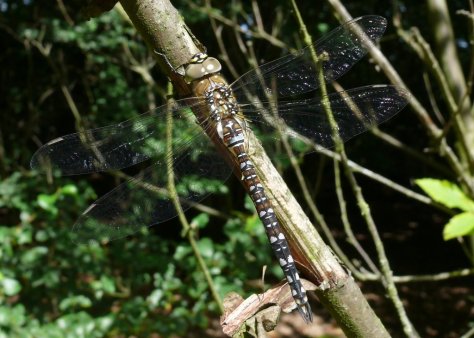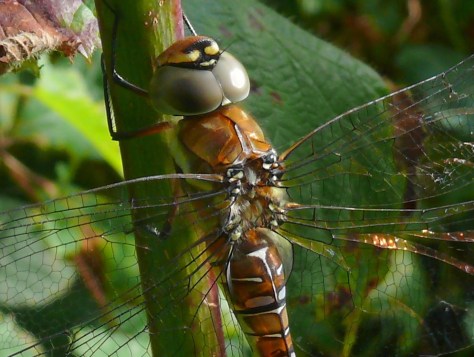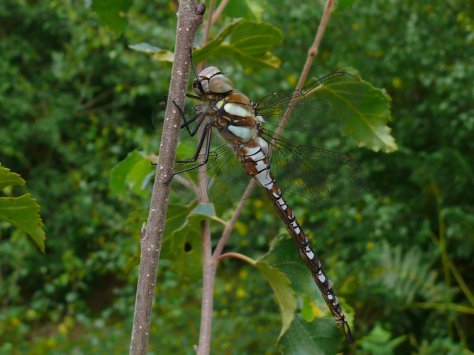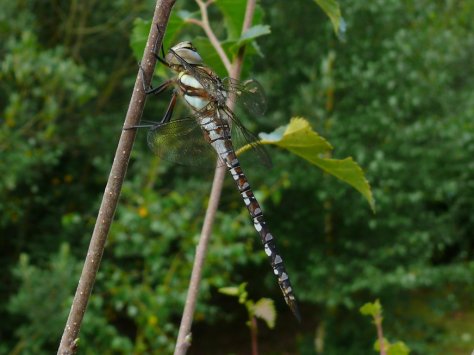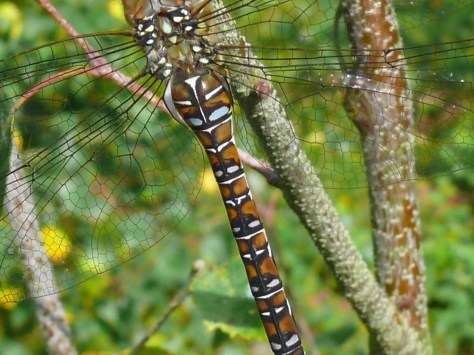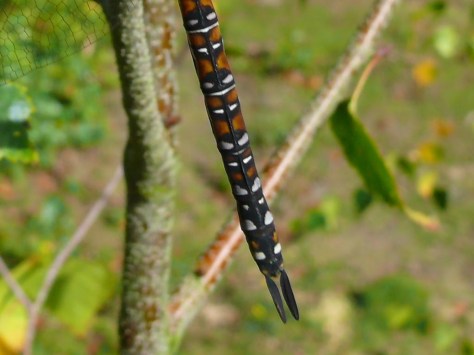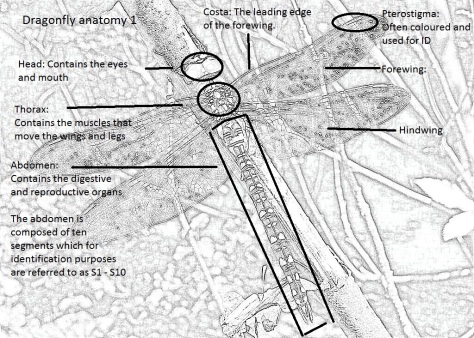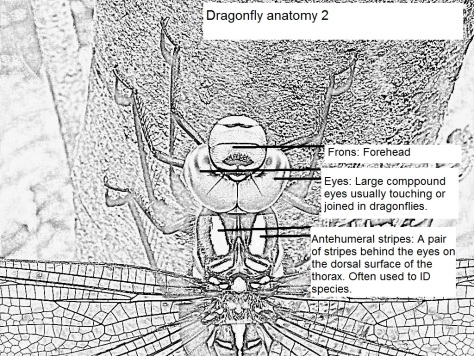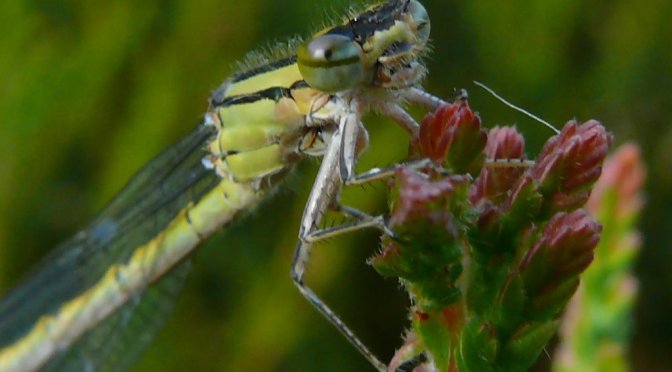Odonata? Dragonflies and Damselflies.
They are nice.
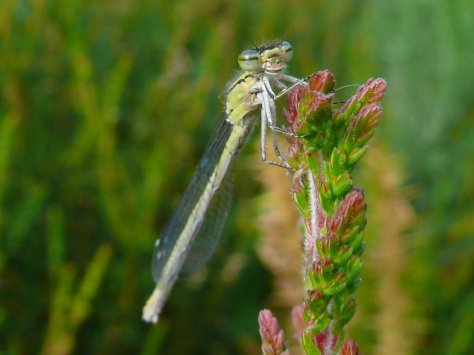 If you don’t know them then a big flying insect like this might seem quite alarming but these animals don’t bite people and they don’t have a sting.
If you don’t know them then a big flying insect like this might seem quite alarming but these animals don’t bite people and they don’t have a sting.
(and the one above is a female Common Blue Damselfly, here is the male)
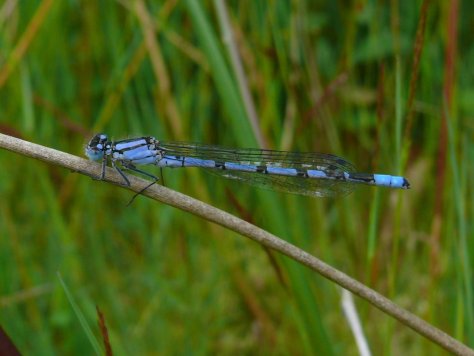 The Odonata are among our most beautiful insects and the best thing to do if you see one is to take it’s photograph and treasure it.
The Odonata are among our most beautiful insects and the best thing to do if you see one is to take it’s photograph and treasure it.
(This one is a Common Darter Dragonfly)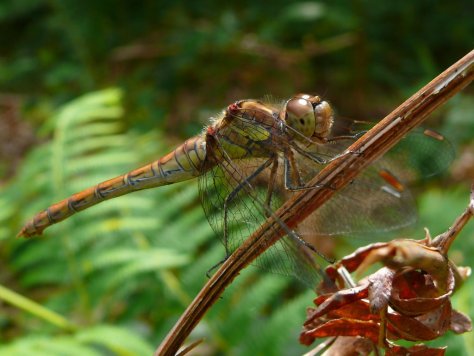 Dragonflies (and Damselflies for that matter) are finely tuned killing machines. They are predators, meat eaters and hunters but they don’t hunt us, mostly they hunt our enemies, midges and mosquitoes and all the little things that do bite and sting us.
Dragonflies (and Damselflies for that matter) are finely tuned killing machines. They are predators, meat eaters and hunters but they don’t hunt us, mostly they hunt our enemies, midges and mosquitoes and all the little things that do bite and sting us.
(Black-tailed Skimmer Dragonfly)
Dragonflies are masters of the air. They are the fastest flying insects in the world. All four wings can move independently and they can stand still in the air by flying forwards with two of them and backwards with the other two, they can also fly backwards. A dragonfly can do anything that it wants to do in the air and they never get tangled in your hair.
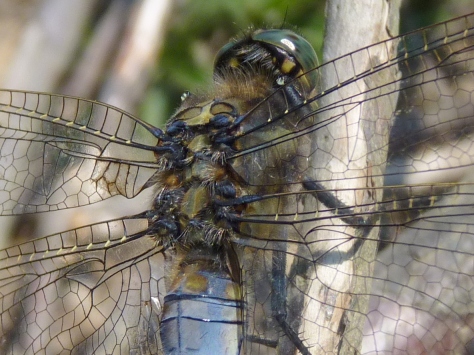 Plus they eat Mosquitoes.
Plus they eat Mosquitoes.
 Now I am fairly tolerant of Mosquitoes. I know that it is only the females that drink our blood (the males drink nectar from flowers) and that they only take blood because they need the protein to make their eggs. But I am Nature Boy and I know these things and love life, I don’t expect everyone to hold my views.
Now I am fairly tolerant of Mosquitoes. I know that it is only the females that drink our blood (the males drink nectar from flowers) and that they only take blood because they need the protein to make their eggs. But I am Nature Boy and I know these things and love life, I don’t expect everyone to hold my views.
In fact the Mosquito is far and away the most dangerous animal in the world. Mosquitoes kill more people than all of the Tigers and Crocodiles and Great White Sharks and all of the other animals that you might think of as dangerous put together.
I just can’t bring myself to eat them. Thank heavens for the Odonata.
(Southern Hawker Dragonfly)
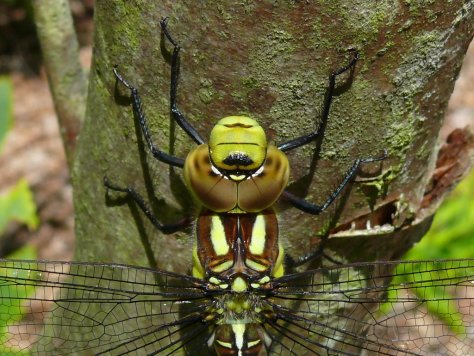 So if you are lucky enough to find yourself sitting in a sunny beer garden with your family when an enormous, colourful and dangerous looking insect flies by, don’t be alarmed, it’s on our side.
So if you are lucky enough to find yourself sitting in a sunny beer garden with your family when an enormous, colourful and dangerous looking insect flies by, don’t be alarmed, it’s on our side.
(Hairy Dragonfly)
 You have just seen something very beautiful.
You have just seen something very beautiful.
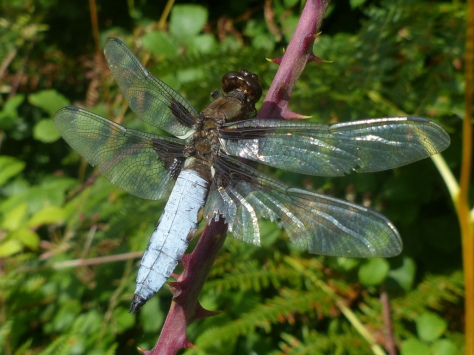 Torn wings too, well the flight time for this animal is late May to Early August so we have only just caught this one. It will be an old Dragonfly.
Torn wings too, well the flight time for this animal is late May to Early August so we have only just caught this one. It will be an old Dragonfly.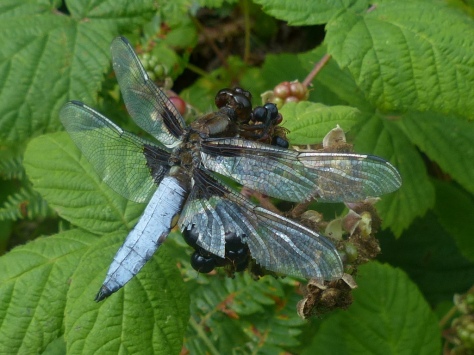 Key identification features: The male has a powder blue abdomen with yellow spots along the side (a bit faded in this specimen) The female has a yellow/brown abdomen but she still has the yellow spots.
Key identification features: The male has a powder blue abdomen with yellow spots along the side (a bit faded in this specimen) The female has a yellow/brown abdomen but she still has the yellow spots.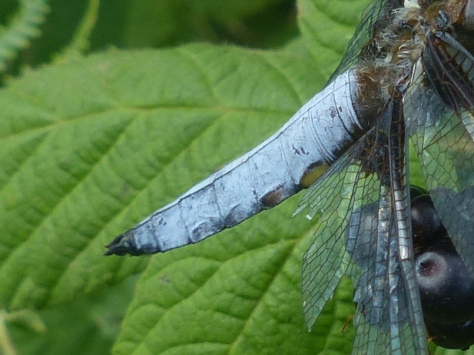 Both sexes have these dark patches at the base of the wings, the female’s are lighter than this.
Both sexes have these dark patches at the base of the wings, the female’s are lighter than this.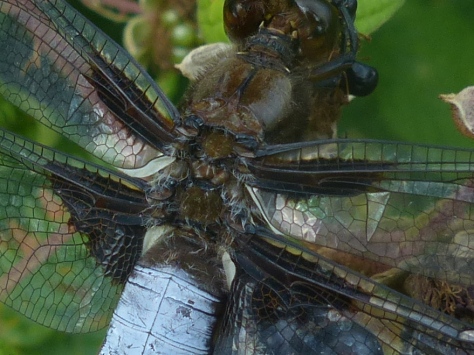 and it has dark brown eyes giving it the appearance of having a Blackberry for a head.
and it has dark brown eyes giving it the appearance of having a Blackberry for a head. This one appears to be making out with a female Blackberry and that is how they get torn wings.
This one appears to be making out with a female Blackberry and that is how they get torn wings.

